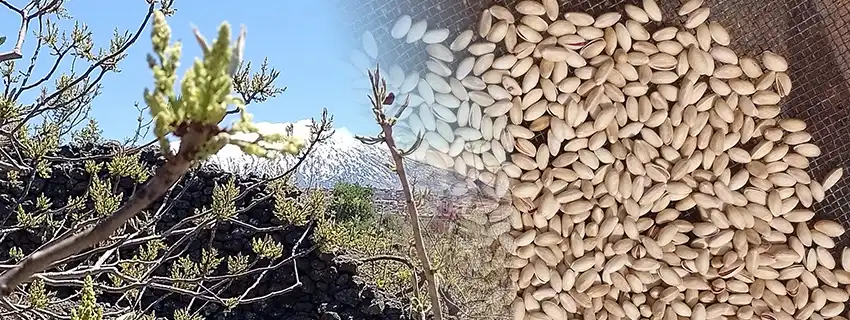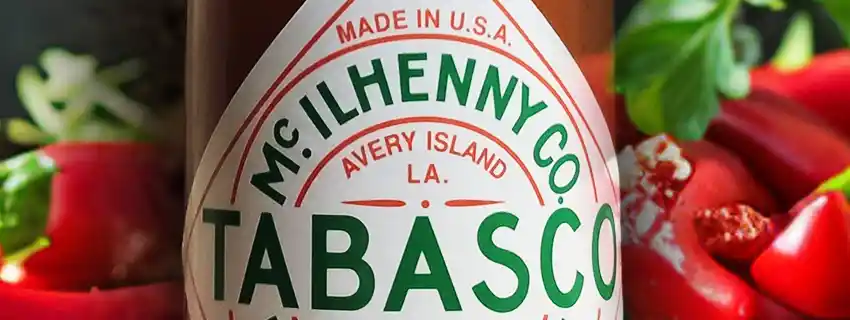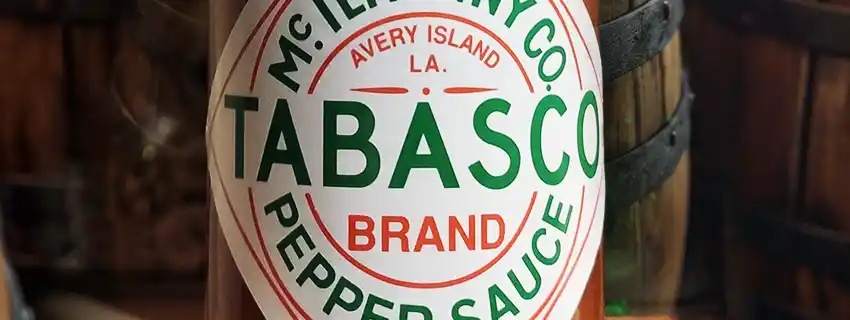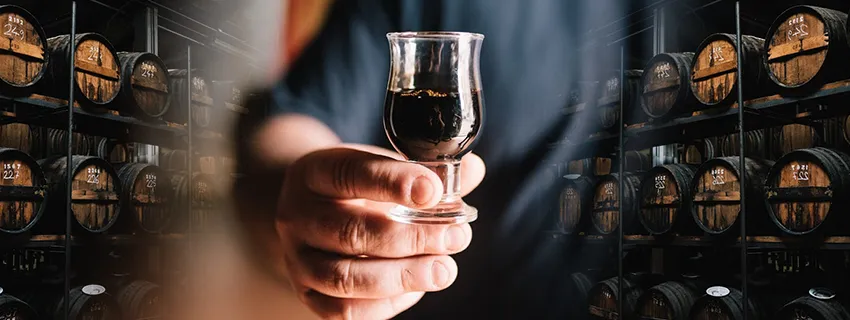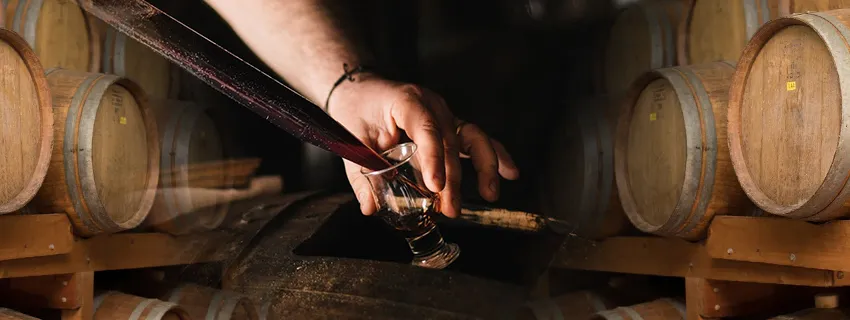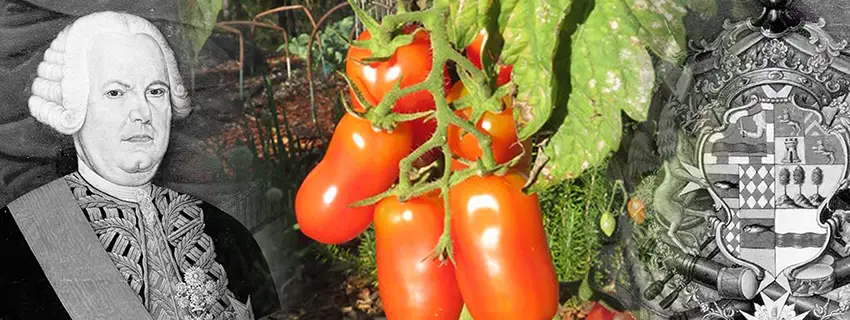Published:
Author: Antonio Maria Guerra
Italian Sauces and Condiments
The Most Typical Specialties

Welcome! This section of WebFoodCulture is dedicated to the most typical Italian sauces and condiments. We will explain what makes them so special and inimitable, starting with their history and places of origin, all seasoned with a large number of curiosities. Finally, we will discover their most traditional producers, thanks to which it will be possible to savor the most authentic taste of these delicacies. Enjoy the reading!
On the slopes of Mount Etna, the Sicilian volcano, there is a sun-kissed strip of land on which grows one of the treasures of the taste “Made in Italy”: the Bronte Green Pistachio, Sicily’s ‘green gold’.
(read more)
Origin: Genoa (Liguria) Typology: Sauces & Condiments
Last update
Bronte Pistachio: a Slow Food Presidium.
The Pistacchio Verde di Bronte grows on Etna’s volcanic soils, up to 800 meters above sea level: this allows it to acquire unique organoleptic characteristics but requires almost acrobatic manual harvesting among the lava boulders. The quality of the product and the (relatively) limited quantity available on the market have made it a Slow Food Presidium: a certification of excellence widely recognized in the world of Italian food&wine. (read more)
Genoese basil is a plant with an intense fragrance and unmistakable flavor whose delicate green leaves are the key ingredient in some of the most typical Italian specialties, such as pesto. (read more)
Origin: Genoa (Liguria) Typology: Sauces & Condiments
The unique characteristics of Genovese Basil PDO.
Basil Genovese is a plant that differs from others belonging to the same variety in several ways.
(read more)
Tabasco is without doubt the queen of hot sauces, one of the best-known US specialties: although the north American market takes the lion’s share, this excellence of taste is available in most supermarkets around the world. (read more)
Origin: Louisiana (U.S.)
Typology: Sauces & Condiments
New
If there is a food product that, more than many others, is generally associated with the idea itself of extreme spiciness, it’s Tabasco. Let’s find out how the specialty invented in the second half of the nineteenth century by Edmund McIlhenny is made. (read more)
Origin: Louisiana (U.S.)
Typology: Sauces & Condiments
New
Part of the value of Balsamic Vinegar depends to the fascinating events characterizing its past, when it was considered an elixir worthy of a king, part derives from the quality of its grapes, the fruit of a specific territory, located between the ancient cities of Modena and Reggio Emilia. (read more)
Origin: Modena (Emilia-Romagna / Italy)
Typology: Sauces & Condiments
In this article we will find out how balsamic vinegar is made. A very ancient procedure, whose origins date back to the era of the pharaohs, handed down from father to son, and used still today by the most traditional producers of this specialty. (read more)
Origin: Modena (Emilia-Romagna / Italy)
Typology: Sauces & Condiments
The ancient Romans used vinegar in one of the most famous drinks of their time, the ‘Posca’ (or ‘Pasca’). Cato the Elder (famous general, politician and writer), has handed down precious information about this preparation, whose qualities were, apparently, particularly appreciated by the legionaries, who used it not only to quench their thirst but also as a medicine and even to wash! (read more)


San Marzano Tomato is a product of excellence that springs from the volcanic soil on the slopes of Vesuvius, not far from the city of Naples. In the three articles dedicated to it, we will discover its fascinating origins, the method used to grow it, and the characteristics that make it unique and inimitable.
In the Campania region, thanks to the ‘terroir’ of the Agro sarnese-nocerino, the San Marzano tomato grows, characterized by an elongated shape and unmistakable flavor. Let us discover the secrets of this Italian agri-food product: an essential ingredient in many Neapolitan (and other) specialties. (read more)
Origin: Campania Region
Typology: Sauces & Condiments
The cultivation of San Marzano tomatoes is a complex operation that, by its very nature, cannot be mechanised. But perhaps it is precisely the manual skill required for its production that makes it an excellence of taste.
Origin: Campania Region
Typology: Sauces & Condiments
The history of the San Marzano tomato is full of fascinating and unexpected details: did you know, for example, that the credit for its arrival in Campania goes to a Spanish viceroy who ruled faraway Peru? (read more)
It’s not surprising to find out that San Marzano Tomato, the agri-food delicacy from Campania, is the key ingredient in a large number of Neapolitan specialties, from pizza to parmigiana, up to spaghetti! (read more)
Wasabi is among the symbols of Japanese gastronomy: it’s a soft, green paste, which can boast very ancient origins, often used to accompany sushi. This condiment stands out for its particular spiciness. Let’s find out its history, how it’s made, and many unexpected curiosities. (read more)
Origin: Japan Typology: Sauces & Condiments
Specialties from the world
The origins of the name ‘Tabasco’.
In addition to its taste, Tabasco sauce is known for its catchy name. It seems that the inventor of the specialty, Edmund McIlhenny, named it after the homonymous Mexican state, which is world-famous for its particularly spicy cuisine.
(read more)
Copyright information.
To get copyright information about the images on this page, please refer to the copyright section of each article.


